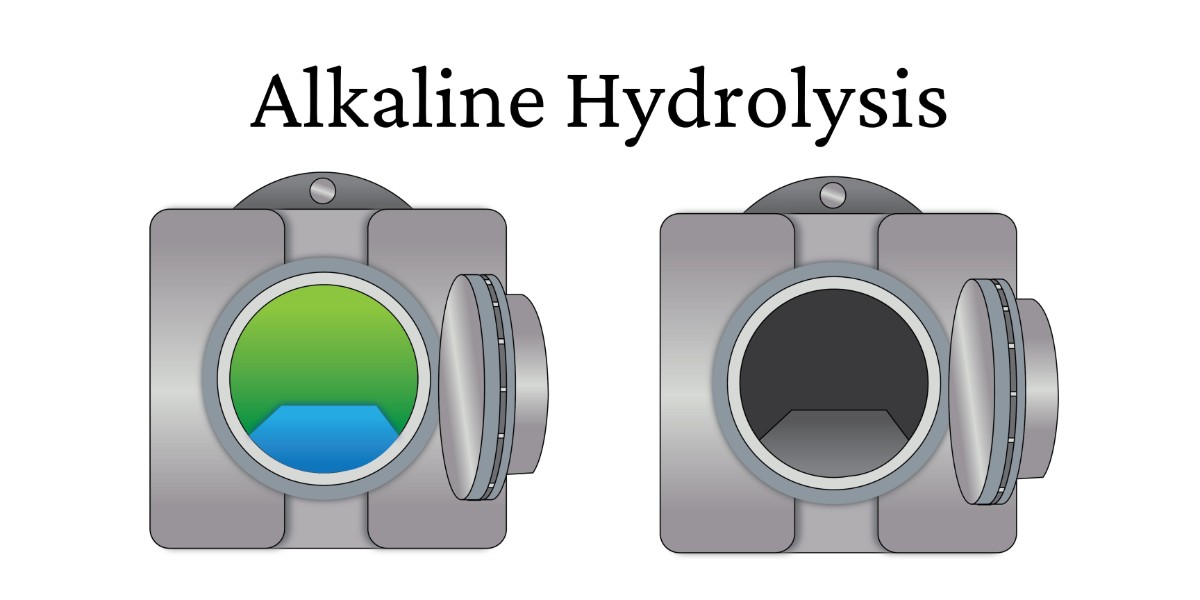

A certain kind of eco-friendly cremation is turning into a heated debate. Many professionals in the industry see alkaline hydrolysis as the future of cremation. On the other end of the spectrum, some people want to ban funeral homes from using it. A few organizations dislike cremation in general. They use green cremation as an example of a bad choice. Better knowledge about the process could make it easier to conceive this debate in the midst of a growing interest in using the technology.
Understanding the Process of Green Cremation
Imagine an ice cube melting in a glass of water. Surrounded by a warmer liquid, the solid ice gradually disappears. It is a reasonable metaphor for alkaline hydrolysis. Like ice, the human body needs certain things in order to decompose rapidly. Green cremation involves the placement of the body inside a tank with water and lye. Under a higher temperature and sometimes with pressure, the soft tissues of the body melt. Eventually, bone is the only solid left. Advocates look at the entire process as an eco-friendly way to handle a human body after death. AH uses only about a quarter of the energyof typical cremation, with a much lower rate of emissions. Some experts argue that the liquid byproduct could be used to fertilize a garden. This is why many people call it “green cremation.”
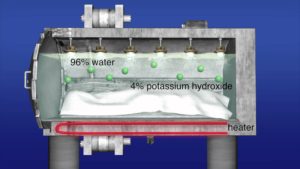
Alkaline Hydrolysis Equipment
Although different types of equipment can accomplish the same result, they are not all built the same. The primary part of the process involves a metal tank called a resomator. It must be large enough to contain a human body and about 100 gallons of liquid. The type of machine affects the process. The more basic models may use little or no pressure to control temperature. This equipment keeps the liquid less than 200 degrees. Without pressure, the process can take up to 16 hours.
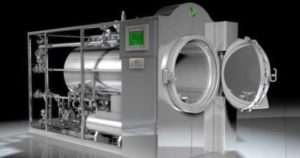
The machine used for AH is called a Resomator
Systems that rely on pressure can really cut down on the time needed to completely dissolve the body. Different products can handle various pressures. Since the goal is to avoid causing the liquid to boil, a pressurized tank is the preferred way to increase heat. Models that can reach up to 350 degrees Fahrenheit could take only a few hours. However, most machines that use pressure keep the heat between 250-300 degrees. This translates into a cremation time of about 6-8 hours.
After the Process

Cremains from AH
At the end, bones and liquid are only two things left. The bones are soft and a little spongy. They could be easily crushed by a human hand. Funeral homes usually use a machine to process the remains into ashes for the family. The ashes look different than remains from flame cremation. They are white and powdery instead of grey and sandy. Since the process keeps more bones intact, there might be as much as 20 percent more. Like other cremated remains, experts say these are safe for people to handle. What happens to the liquid depends on local laws. Since the human body is about 2/3 water, the process ends with more liquid than when it started. A high heat can neutralize diseases and chemical contaminants, like mercury in dental fillings. Machines that make the liquid hotter may need more time to cool down before someone can dispose of the water. The ways to get rid of it depend on the alkalinity of the water. Although the solution starts out with a pH as high as 14, it usually drops some by the end. In some areas, it can be drained to the sewer system. Some states require that the funeral home hire a hazardous materials company to take care of it.
Why Bio Cremation Isn’t Widespread–Yet
Cost and legality are the two biggest barriers for funeral directors who want to offer this service. The equipment that does not use pressure tends to cost the least, around $150,000. That is still a pretty large investment for many small businesses. These machines usually need less setup and fewer maintenance costs. In exchange, they take longer. The company can only offer 1-2 cremations a day. The highest-end models cost up to $500,000, and may allow funeral homes to use the system up to four times a day.

Current as of 2018
The legality of the procedure has slowed the rate at which bio cremation can be used. It is changing fast. Right now, 19 states allow alkaline hydrolysis, and three of those were added in 2017-8. The states include Alabama, California, Colorado, Connecticut, Florida, Georgia, Idaho, Illinois, Kansas, Maine, Maryland, Missouri, Minnesota, Nevada, North Carolina, Oregon, Utah, Vermont and Wyoming. New Hampshire was one of the first states to permit the practice, but later instituted a ban that reflects the strong opinions on the subject.
The Ongoing Debate Over Water Cremation

California politician, Todd Gloria
The tide of opinion over water cremation is shifting in favor of better choices. But, it is not difficult to find people who are firmly against it. In fact, the biggest part of the debate centers on how people see AH. The change in New Hampshire started with the local Catholic Church lobbying to ban it. Legislators who saw the process as gruesome or disrespectful agreed. Some people dislike sending the liquid byproduct to local waste treatment facilities. They worry about using it in a garden. Although advocates have introduced bills to re-legalize it in the state, they have so far been unsuccessful. There are also advocates and politicians who view it as an ideal way to handle human remains. For example, Todd Gloria is a California politician who wrote the bill making alkaline hydrolysis legal in the state. He sees AH as a wave of the future. Many proponents look at it as the best way to lower the carbon footprint of a practice that is already dominating the funeral industry.
Choosing Water Instead of Fire
Consumer interest is a big incentive for companies to consider making the investment. If people wonder how families see the issue, they only need to follow the money. People tend to make financial choices that support their beliefs. Funeral directors who offer green cremation discover that people are more likely to choose it over regular cremation. In fact, some say that alkaline hydrolysis represents about two-thirds of their cremation services. The debate over alkaline hydrolysis can be as different as fire and water. People disagree over the most respectful way to prepare human bodies for a final rest. As families and politicians gain more information about the practice, it is likely that it will continue to grow in popularity.
Video credit: Matthews Environmental Solutions



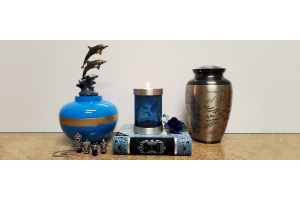
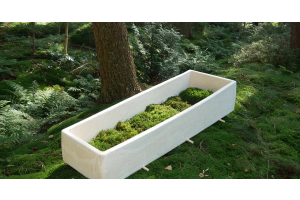
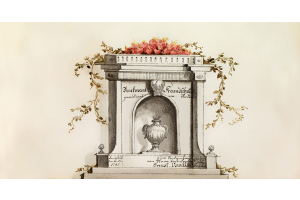

The cost of bio-cremation averages around $3,000.00, but the cost varies depending on the state and provider. What state are you located in?